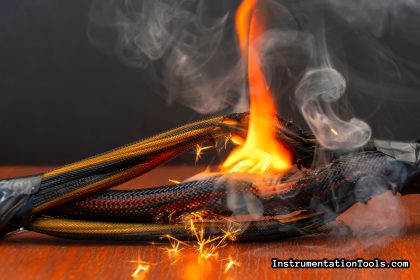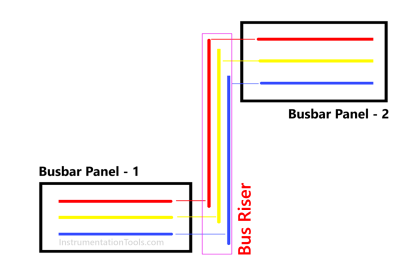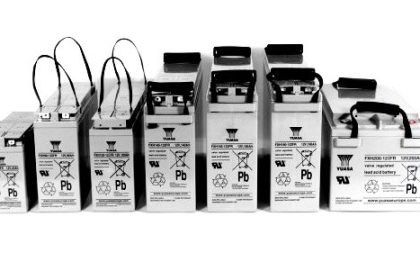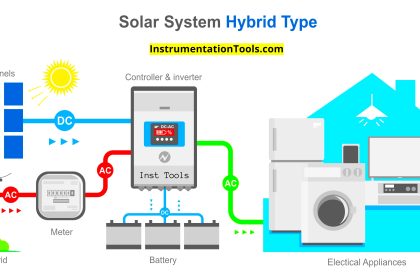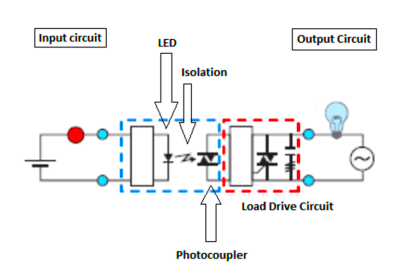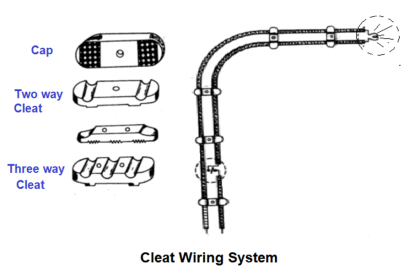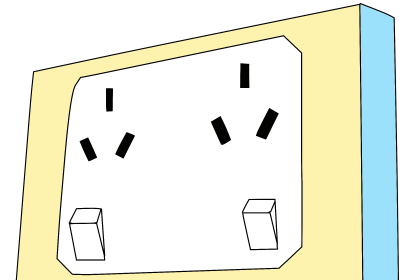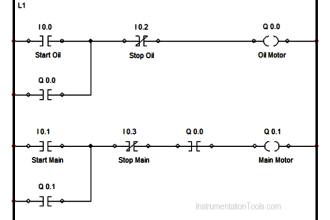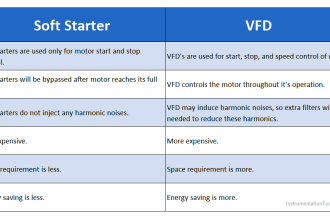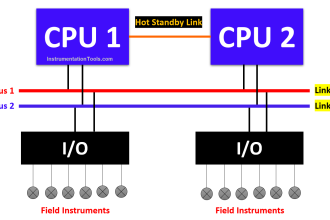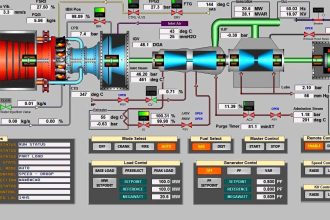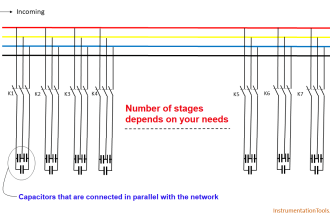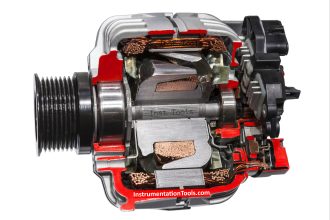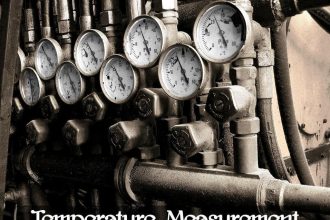In this post, we will learn the concept of a pump running dry and how to avoid it.
Pumps, as we know, are used to suction a liquid and discharge the same into its outlet with great force. This mechanical device is almost used everywhere.
But, did you ever think what would happen when a pump ran dry or without liquid? It is dangerous for its life and can shorten its performance.
In some cases, it can permanently damage a pump. In this post, we will see what happens when a pump runs dry and how we should avoid it.
What is the Dry Running of the Pump and its after-effects?
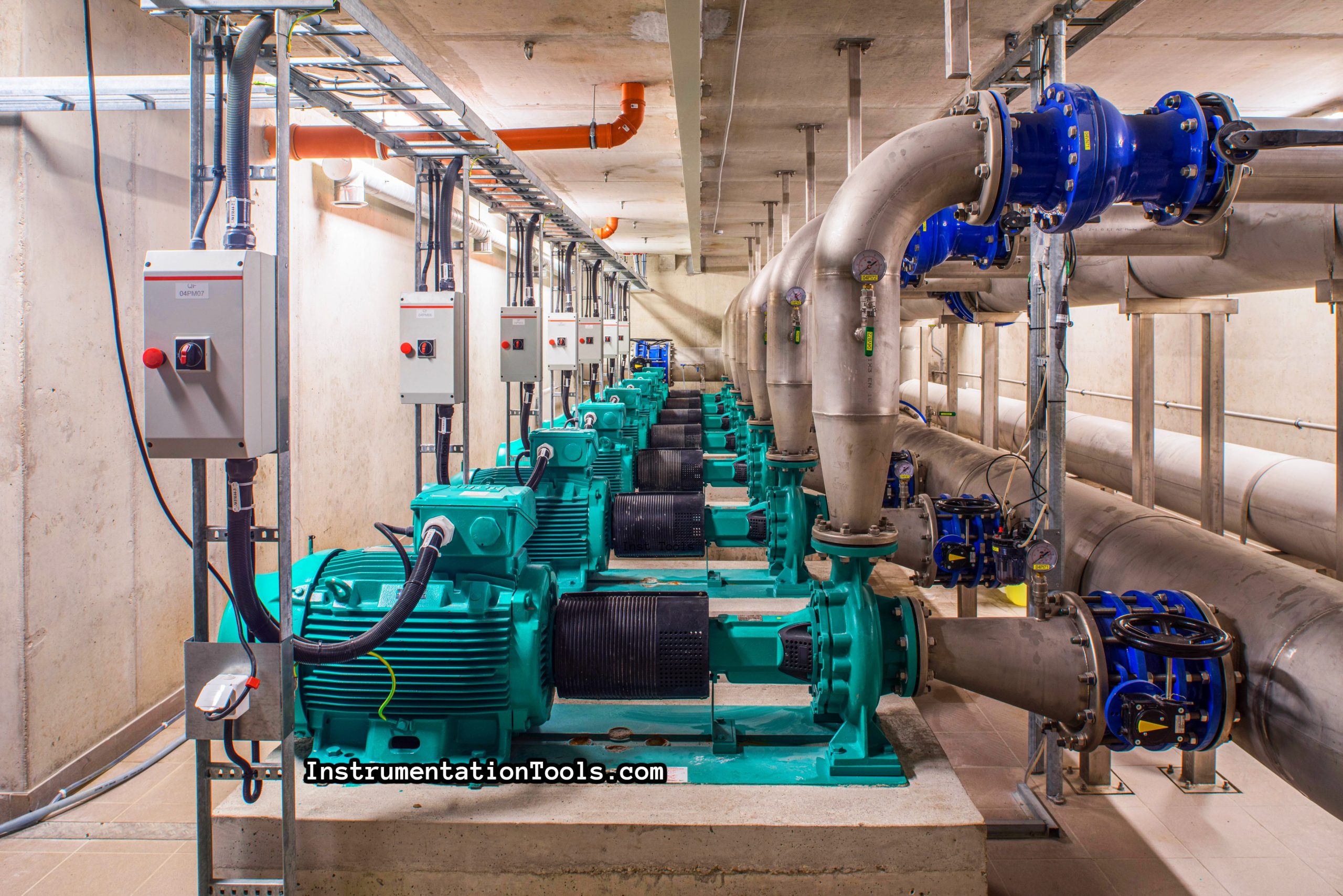
As the name implies, dry running is a state when a pump runs without liquid, either accidentally or intentionally. Every pump requires a certain level of fluid to be maintained when it is running.
When this flow is not achieved and still the pump is working, then it is called dry running. It usually happens due to human error; or how it is operated, monitored, and controlled.
Not for a few seconds, but when it is left dry for a prolonged period of time, then it can damage the pump and its internal parts. The liquid is responsible for taking the heat away from the pump when it is running. But when there is no liquid, excessive heating happens which worsens the performance.
Problems with Pump Dry Running
Dry running has very bad effects. It leads mechanical seals to wear and tear in a very fast way. This causes the pump to leak. If the liquid flowing is a chemical or any other hazardous liquid, then it will spill out and endanger the lives of personnel or surroundings.
The cavitation of the pump is also at risk if it runs dry; which can cause serious damage to the pump impellers. The impeller will melt along the shaft, causing the impeller to seize onto the shaft. So, now if the impeller seizes, then it will stop and not rotate.
Also, as discussed earlier, the pump will overheat and this can damage the motor windings. So, pump dry running is very harmful for its operation.
How to Avoid Pump Dry Running?
As this condition is normally caused by human errors, pump dry running can be avoided by some controlling sensing elements in its’ fluid line. Install a pressure sensor or transmitter in its suction line.
When the pressure is below a predefined set-point, then the pressure sensor will generate an electrical output, which can be used in control wiring to shut off the pump supply.
But nowadays, in the times of PLC control, if this sensor input is provided to the PLC and if the PLC is controlling the pump, then it will turn off the pump output according to the program written. If the pressure transmitter is used (analog input) in the PLC, then write a logic that will compare the transmitter input with a predefined set point in the PLC.
If the pump is sucking liquid from a tank and if it is not possible to install a pressure device, then install level sensors in the tank. When a tank low level is detected, then the pump command should stop.
Also, you can install a flow transmitter or sensor in the pump suction line. The working will be the same as the pressure device.
In this way, we understand the problem of pump dry running and how to avoid it.
